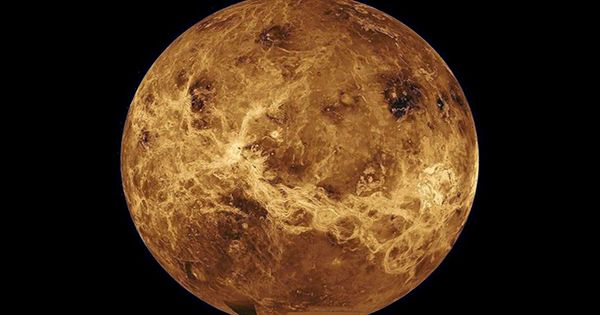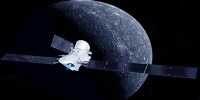NASA has announced that its next two discovery programs will have the same goal world: Venus. There will, of course, very different perspectives on the study of the twin twins of the two missions. The plan is to gain important insights into how Venus became such a hellish world. Venus is about the size of Earth and about 25 percent closer to the Sun than we are. It is a world of incredible heat with an average surface temperature of 464°C (867°F), more than 90 atmospheres of crush pressure and acid precipitation. However, this may not always be the case.
With the same size and composition, it could have been much closer to Earth’s climate and atmosphere at once. What happened then? NASA’s two new missions – the first 30 years of space travel to Venus – as well as those from other agencies could provide us with important data to better understand this planet and perhaps answer questions.
The first selected mission is the DAVINCI (Deep Atmosphere Venus Investigation of Noble Gases, Chemistry and Imaging), an atmospheric spherical probe that will be immersed to collect detailed measurements as the planet’s dense atmosphere descends. The mission will also equip the first high-resolution images of tesserae with large surface structures of Venus relative to Earth’s continents. Because its atmosphere is so dense with opaque clouds of sulfuric acid, it is impossible to see through the planet’s surface. Venus may have plate tectonics like our planet.
Venus may have plate tectonics like our planet. So far, the world is the only known world that possesses such a geological feature. More about Venusian geology will come from the second mission, VERITAS (Venus MCVT, radio science, INSAR, topography and spectroscopy). Not only will it investigate whether plate tectonics occurred, or is still happening, it will help establish whether there are still active volcanoes on Venus. This will still create the most detailed 3D reconstruction of the surface of Venus. The dense cloud cover does not allow direct image of the surface so that it can achieved with synthetic aperture radar.
















